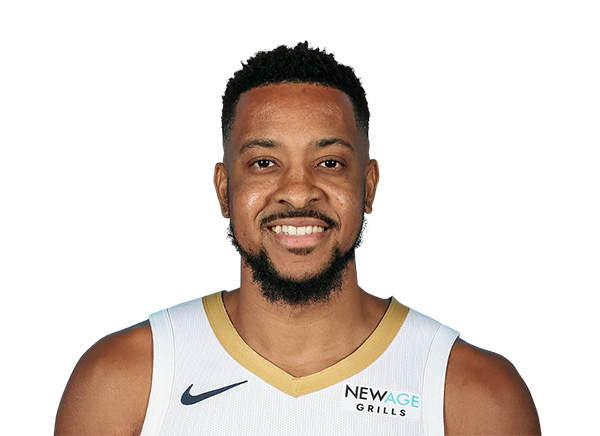The NBA has introduced several major reforms in recent years to reduce tanking, including revamped draft lottery odds and the creation of the play-in tournament. Yet, early in the 2025–26 season, strategic losing remains a growing concern. Four teams—the Indiana Pacers, Washington Wizards, New Orleans Pelicans, and Brooklyn Nets—have started with two wins or fewer through their first 13 games. This level of collective futility has only happened twice before in NBA history (1997–98 and 2004–05), sparking renewed debate about how effective the league’s anti-tanking measures really are.
Historic Losing: Four Teams Off to Historically Poor Starts
Through the first 13 games, these four teams share some of the NBA’s worst opening records:
- Indiana Pacers: 1–13
- Washington Wizards: 1–12
- New Orleans Pelicans: 2–12
- Brooklyn Nets: 2–11
This marks just the third time ever that four or more teams have begun a season with two or fewer wins through 13 games. Only in 1997–98 and 2004–05 did such widespread early-season losing occur. What’s more, before Brooklyn beat Washington last Sunday, the Nets and Pacers both stood at 1–11—only the second time in NBA history that at least three teams began a season at 1–11 or worse.
Why Are These Teams Struggling So Badly?
Washington Wizards and Brooklyn Nets: Rebuilding, Not Competing
Washington and Brooklyn entered the season as clear rebuilding squads. They feature two of the youngest rosters in the league, often a clear indicator that a franchise is developing talent rather than chasing playoff contention. Neither team has an active All-Star or All-NBA player—according to the NBA’s definition of a “star”—and the only player with past All-Star appearances, Khris Middleton, is 34 and made his last All-Star Game in 2022.
The Wizards’ offseason hinted at another noncompetitive season. Their only major addition was veteran guard CJ McCollum, who is expected to be traded by the February deadline due to his age and expiring contract. Washington could finish with fewer than 20 wins for a third straight season, something not seen since the Philadelphia 76ers’ “Process” run from 2013–14 through 2015–16.
Indiana Pacers: From Finals to Injury Crisis
The Pacers were not a tanking candidate. They reached the 2025 NBA Finals and had legitimate postseason hopes. But their season unraveled when star guard Tyrese Haliburton suffered an Achilles tendon tear. Injuries to other key role players quickly shifted Indiana’s outlook, potentially turning this into a “gap year”—similar to the Warriors in 2019–20, when injuries to Steph Curry and Klay Thompson led to a 15-win season and eventually the No. 2 overall draft pick.
New Orleans Pelicans: The Outlier
Unlike the others, the Pelicans are not tanking intentionally—they don’t even own their 2026 first-round pick due to a 2025 draft-night trade with the Hawks. Their struggles prompted them to fire head coach Willie Green after just 12 games, signaling dysfunction rather than strategy.
The NBA’s Anti-Tanking Reforms—Are They Working?
To counteract strategic losing, the NBA introduced several key reforms:
1. Flattened Draft Lottery Odds (2019)
- Worst three teams now share equal 14% odds at No. 1 pick.
- Previously, the worst record held a 25% chance.
- Lottery now determines top four picks, not just top three.
- Designed to reduce the incentive to finish bottom.
Teams like the 2025 Dallas Mavericks, who won the lottery with just a 1.8% chance, underscore the randomness of the current system.
2. Play-In Tournament
- Teams finishing Nos. 7–10 now have a postseason path.
- Encourages mid-tier teams to stay competitive late into the season.
- Creates meaningful games in March and April.
The play-in has succeeded in making late-season games more competitive, but it hasn’t fully eliminated tanking at the bottom of the standings.
Why Tanking Still Appeals to Some Franchises
Despite the risks, some organizations still believe tanking is the fastest path back to relevance. Teams point to recent examples like the San Antonio Spurs, who secured top-four picks in three consecutive drafts. The 2026 NBA Draft class is also considered elite, headlined by potential franchise-changing prospects:
- Darryn Peterson
- AJ Dybantsa
- Cameron Boozer
For some front offices, the promise of landing a generational star still outweighs the uncertain returns of mid-tier competitiveness.
Final Thoughts
The NBA’s anti-tanking reforms have produced positive results—more competitive games, unpredictable lottery outcomes, and expanded playoff contention. Yet, the slow starts by Washington, Brooklyn, Indiana, and New Orleans show that tanking—or injury-driven “gap years”—remains an entrenched part of NBA strategy.
As the league continues balancing competitive integrity with long-term team building, the 2025–26 season provides a pivotal test:
Can the NBA truly curb tanking, or is strategic losing simply too tempting to ignore?

